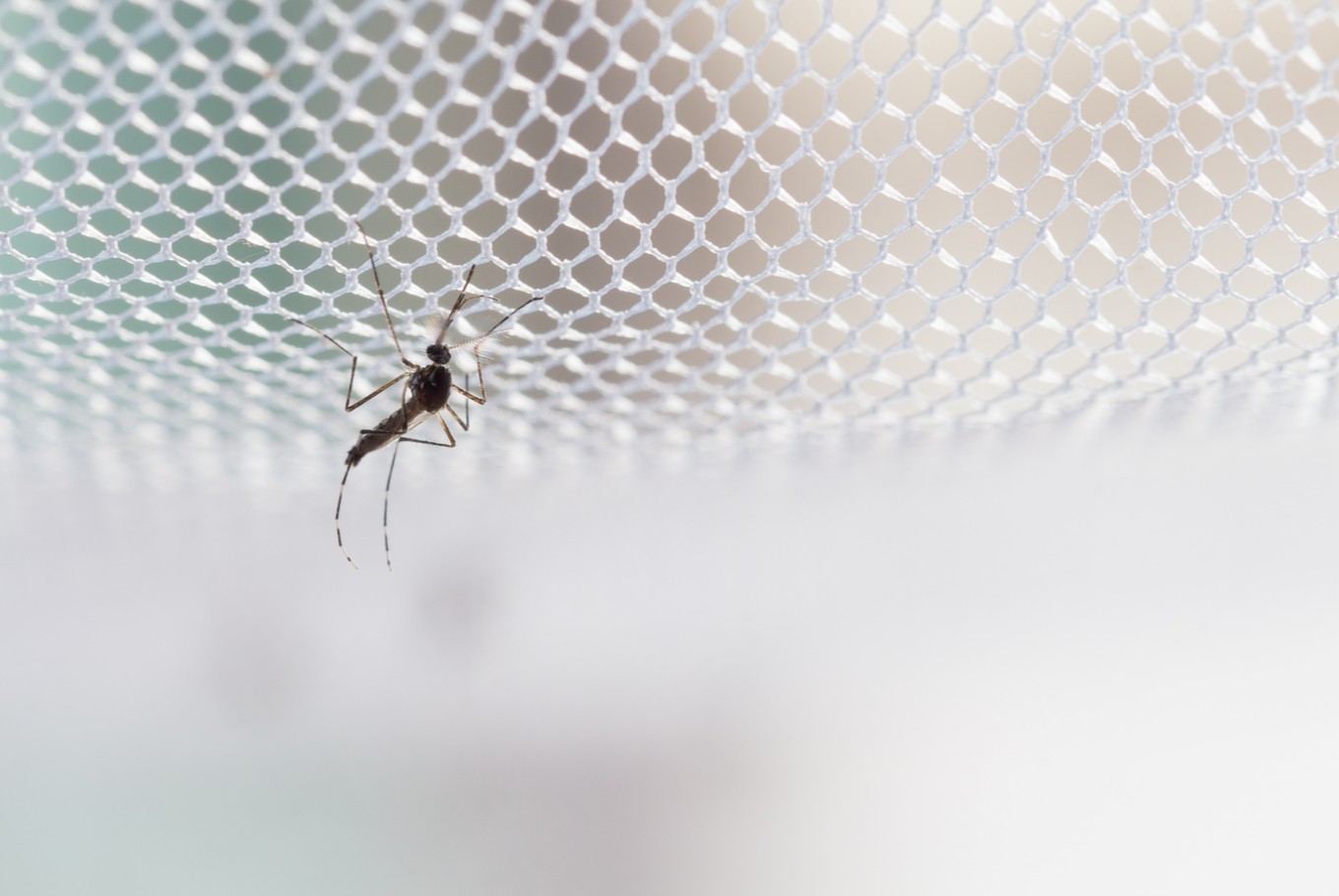Popular Reads
Top Results
Can't find what you're looking for?
View all search resultsPopular Reads
Top Results
Can't find what you're looking for?
View all search resultsMalaria elimination: Indonesia's future?
Today, March 25, is World Malaria Day. This day is dedicated to the fight against malaria: a disease that kills half a million people around the globe each year, most of whom are children.
Change text size
Gift Premium Articles
to Anyone
T
oday, March 25, is World Malaria Day. This day is dedicated to the fight against malaria: a disease that kills half a million people around the globe each year, most of whom are children. Malaria eradication is now back on the global health agenda, sixty years after the world first attempt to eradicate the disease in 1955.
An upcoming article in the Lancet Global Health highlights Indonesia’s extraordinary progress over the past decade. Previously felt to be impossible, malaria has now been eliminated in half of the country’s 517 districts. More than 70 percent of Indonesia’s population now lives in areas free from malaria transmission.
Island countries have some advantages when it comes to controlling malaria. Mosquitos only fly around 2 kilometers in their lifetime and don’t easily jump island-to-island. Screening arriving travellers at ports of entry is also easier. Scaling up proven interventions such as insecticide-treated bed nets, rapid diagnostic testing (which provide results in minutes) and effective drug treatment can quickly drive down malaria. In some areas, such as swamp lands with standing fresh water, targeting mosquito breeding sites can also play an important role. Using these strategies, malaria has been successfully eliminated in the islands of Singapore, Sri Lanka and the Maldives.
However, Indonesia is more complex. The islands are large. The population is highly mobile. Economic inequalities make it difficult for some to access basic interventions. Control strategies need to be adapted to diverse settings. For example, what works in the Papuan rainforest looks very different from malaria control among mining communities in the hills of Aceh. Finally, decentralized systems can make it difficult to create the needed momentum to coordinate the delivery of effective interventions.
Nevertheless, areas such as Aceh have been a beacon for Indonesia. In 2008 the decision was taken by the provincial government to eliminate the disease on the island of Sabang, the district with the highest malaria transmission. High-level political commitment coupled with relentless efforts to find, treat and cure every case of malaria.
Another pioneer was Seribu Islands District in Jakarta where a push to scale up interventions was initiated after an outbreak caused 50 deaths in 2001. Both districts are among the first in the country to be certified malaria-free by the minister of health in 2013 and 2014.
Since then, local malaria responses have taken root from South Halmahera to Buru. Areas which just ten years ago had among the highest number of malaria deaths in the world are now approaching elimination.
The Ministry of Health deserves much of the credit for leading this steady march — which has included a ministerial decree setting the target for nation-wide malaria elimination by 2030. Partners in the fight have included UNICEF, WHO, the US Centers for Disease Control, the private sector and civil society organizations. Major initial financing was received from The Global Fund, with core government resources becoming increasingly important.
These investments are both good for health and value for money. Malaria takes a heavy toll on economies. Hidden costs include lost wages, time home from school, and time spent caring for sick family members. In the public sector, resources spent on prevention and treatment programs are massive. A 2015 report by the Roll Back Malaria partnership highlights the 40-fold return on investment to be achieved once 2030 targets are realized.
The race towards malaria elimination has become deadly serious for countries across the Asia Pacific region. The Greater Mekong Sub-region is currently a hot-spot for drug-resistant strains of malaria. While these have not yet been detected in Indonesia, the spread of these strains would be catastrophic as they do not respond to the newest drugs and few new treatments are on the horizon. A joint malaria elimination commitment was endorsed by the region’s leaders at the ninth East Asia Summit in Myanmar in November 2014.
Despite Indonesia’s extraordinary gains, the battle is far from over. Seventy percent of the country’s malaria cases take place in lowland Papua where aggressive malaria control is needed. This must be coupled with wider health system strengthening efforts, while documenting, learning and scaling programs that work. Malaria is also concentrated elsewhere — hidden in hard to reach mining and forest areas where active outreach is essential. Finally, we can’t be complacent in areas that have been declared malaria-free and are at risk of imported cases. Coupling these local approaches with continued high-level political commitment is essential for achieving a malaria-free future for all of Indonesia’s children.
***
Paul Pronyk, an infectious disease and public health physician, is the chief of Child Survival and Development with UNICEF Indonesia. Maria Endang Sumiwi, a medical doctor, has been managing UNICEF support on malaria program to the Indonesian government.










